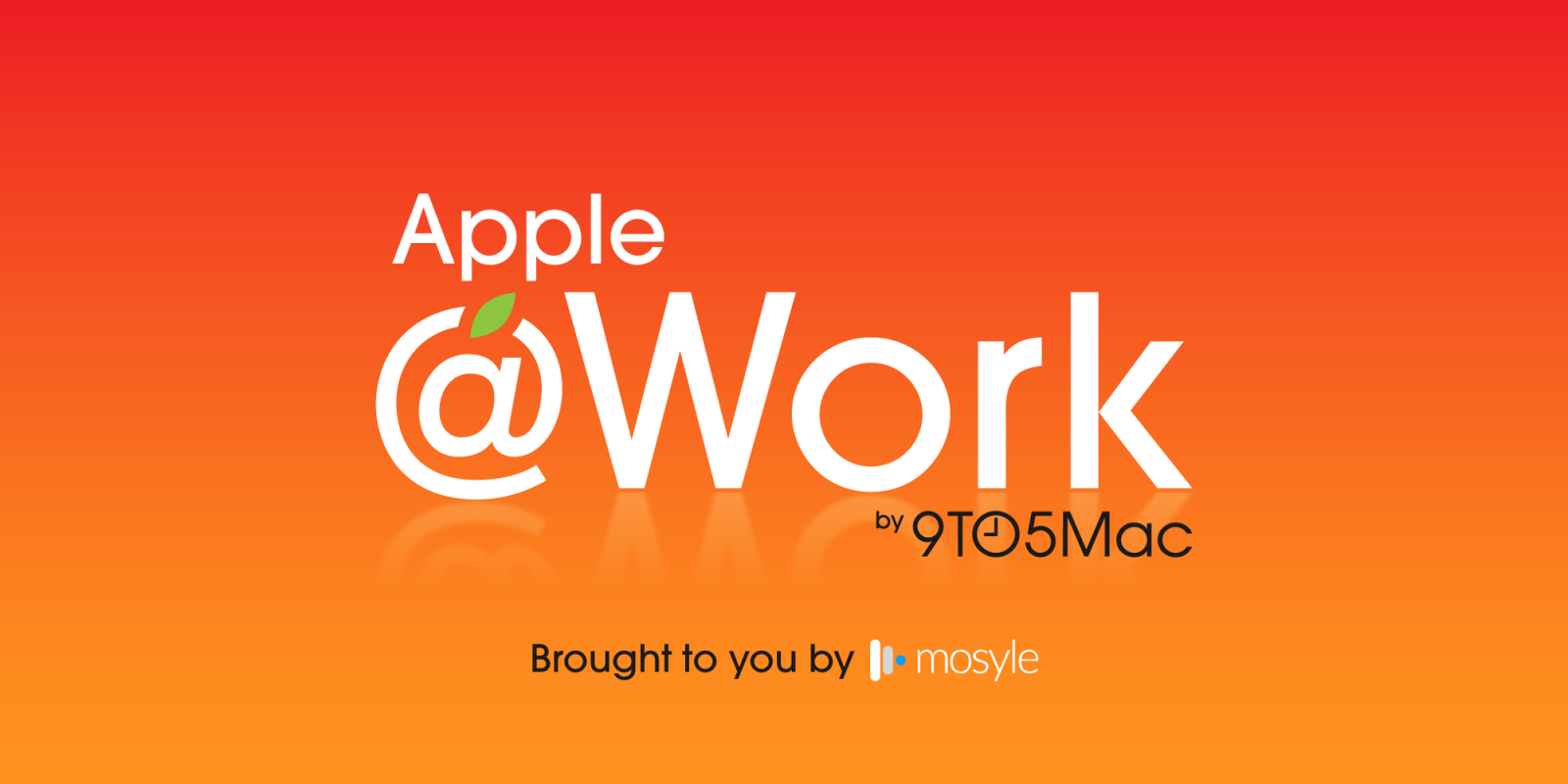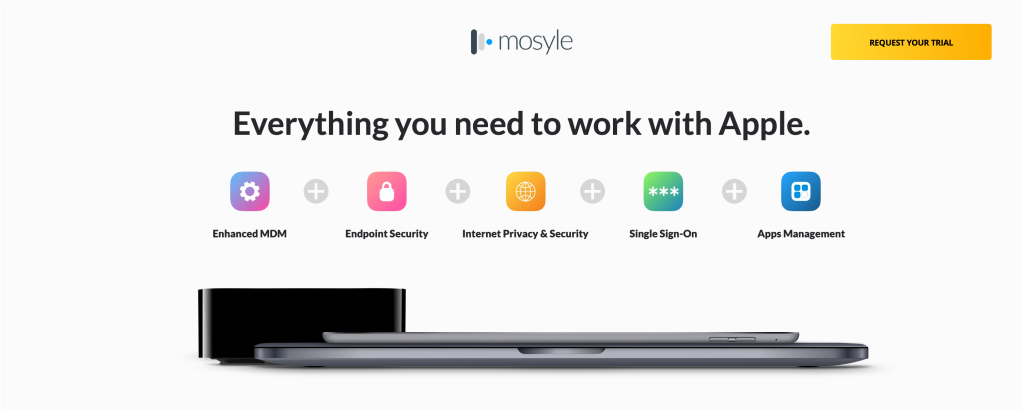
Apple @ Work is exclusively brought to you by Mosyle, the only Apple Unified Platform. Mosyle is the only solution that integrates in a single professional-grade platform all the solutions necessary to seamlessly and automatically deploy, manage & protect Apple devices at work. Over 45,000 organizations trust Mosyle to make millions of Apple devices work-ready with no effort and at an affordable cost. Request your EXTENDED TRIAL today and understand why Mosyle is everything you need to work with Apple.
In any environment with multiple Wi-Fi networks (schools, apartments, businesses), you’ve probably heard this one before. “Why is my iPhone connecting to the guest network instead of the staff one” Or “my iPhone keeps switching back to a slower access point even though there’s a better one right next to me.” It’s a common problem in enterprise environments where IT teams manage multiple SSIDs, some with onboarding portals, some broadcasted openly, and others reserved for staff only.
About Apple @ Work: Bradley Chambers managed an enterprise IT network from 2009 to 2021. Through his experience deploying and managing firewalls, switches, a mobile device management system, enterprise grade Wi-Fi, 1000s of Macs, and 1000s of iPads, Bradley will highlight ways in which Apple IT managers deploy Apple devices, build networks to support them, train users, stories from the trenches of IT management, and ways Apple could improve its products for IT departments.

From the end user POV, it can often feel completely random. From the IT side, it’s a support ticket waiting to happen. Ther is a method to the madness, and Apple does have a system for prioritizing Wi-Fi networks, and understanding how it works can help reduce problems.
User behavior
When you manually switch to a network, Apple increases that network’s priority on device. If someone connects to “Internal” instead of “Guest,” the device takes note for future decisions. That preference sticks until the user manually changes it again or forgets that network. The opposite is also true. If someone manually disconnects from a network, Apple drops it down the list.
Private and public networks
Apple classifies networks into separate buckets: private and public. Private networks, including any SSID at the office or home, get’s a priority nod and that includes a hotspot from an iPhone When more than one private network are in range, your device connects to the most recently used one. There’s no smart switching based on current peformance unless the user manually changes.
Public Wi-Fi in places like coffee shops, airports, or hotels only comes in play when there’s no known private network within range. Even then, Apple only auto-joins open networks if they’ve been used within the past two weeks. If someone joined a hotel network last year, the device isn’t going to grab it automatically today.
Configuration profiles
If you’re managing devices through a device management system and you’ve deployed a Wi-Fi profile, it will get priority over other networks. If you want to avoid ensure devices join your secure internal network over a guest, configuring it via device management is the right apporach.
Apple also looks at a few technical factors when making a decision:
- Wi-Fi standard: Devices prefer Wi-Fi 6 or 6E over older protocols
- Band preference: 6 GHz is preferred over 5 GHz, then 2.4 GHz
- Security type: Stronger security (WPA3, WPA2 Enterprise) gets the a priority
- Signal strength: A stronger signal usually wins
Wrap up
One quirk worth knowing is that after a device restarts, Wi-Fi credentials aren’t available until the device is unlocked for the first time after a reboot. From an IT POV, this Wi-Fi logic is good to note for future troublesshooting. ButThe best way to avoid issues is to preconfigure networks through your device management system, make sure your internal networks use strong security, and educate end users on how to manually join the correct network when needed.
Apple @ Work is exclusively brought to you by Mosyle, the only Apple Unified Platform. Mosyle is the only solution that integrates in a single professional-grade platform all the solutions necessary to seamlessly and automatically deploy, manage & protect Apple devices at work. Over 45,000 organizations trust Mosyle to make millions of Apple devices work-ready with no effort and at an affordable cost. Request your EXTENDED TRIAL today and understand why Mosyle is everything you need to work with Apple.
FTC: We use income earning auto affiliate links. More.




